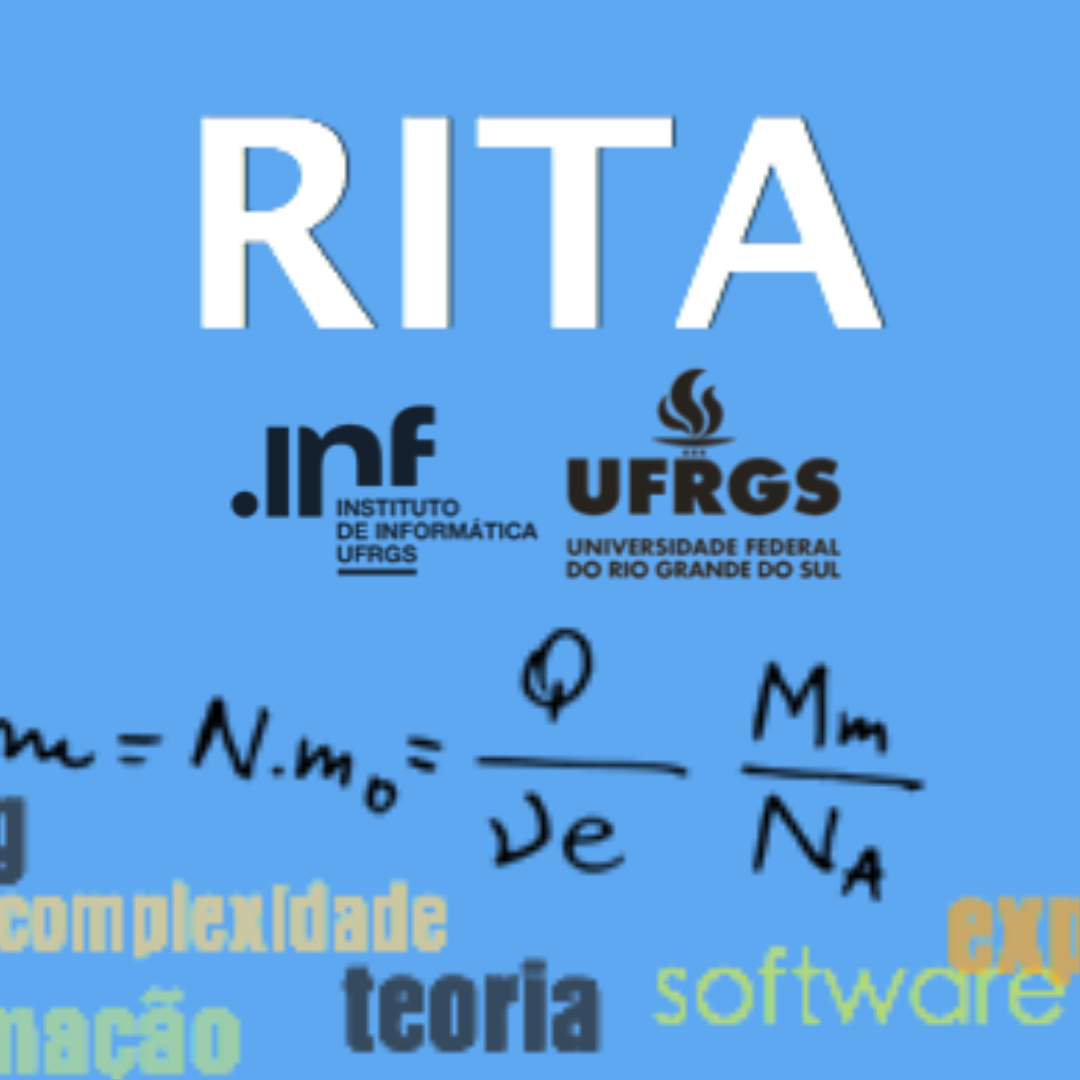Similar Yet Different: the Structure of Social Networks of Characters in Seinfeld, Friends, How I met Your Mother, and The Big Bang Theory
DOI:
https://doi.org/10.22456/2175-2745.98367Keywords:
Fictional characters social network, Centrality measures, Entropy in Networks, TV seriesAbstract
Networktheoryhasbeenusedtoanalyzestructuresofnarrativesinworksoffiction.Indeed,previous works have shed light on issues related to role detection, for instance. However, few comparative works exist that deal with TV shows. Since these shows are very popular, there are several Internet forums that suggest how similar some of them are, mostly by comparing roles or importance of core characters. Is this popular intuition backed by an objective, numerical analysis using tools from network theory? The goal of this paper is to compare four situation comedies (Seinfeld, Friends, How I Met Your Mother, and The Big Bang Theory) that share a lot in common since their characters are friends living in similar, urban, environments, struggling with their daily lives, careers, and so on. Using tools for analyzing social networks, these shows were compared, showing that their structures and the roles of the core characters are fundamentally different. The only measure that proved to be similar among the four shows is entropy of their graphs, especially when computed over the degree distribution.
Downloads
References
LABATUT, V.; BOST, X. Extraction and analysis of fictional character networks: A survey. ACM Comput. Surv., ACM, New York, NY, USA, v. 52, n. 5, p. 89:1–89:40, September 2019. Dispon ́ıvel em: ⟨http://doi.acm.org/10.1145/ 3344548⟩.
BEVERIDGE, A.; SHAN, J. Network of thrones. Math Horizons, v. 23, n. 4, p. 18–22, 2016.
JASONOV, M. Network Science Predicts Who Dies Next in Game of Thrones. 2017. Disponível em: ⟨https://cns.ceu.edu/article/2017-07-08/ network-science-predicts-who-dies-next-game-thrones⟩. (accessed Jan. 9, 2018).
LIU, D.; ALBERGANTE, L. Balance of thrones: a network study on ‘Game of Thrones’. 2017. Disponível: ⟨https://arxiv.org/abs/1707.05213⟩. (Accessed August, 2019).
STAVANJA, J.; KLEMEN, M. Predicting kills in Game of Thrones using network properties. 2019. Disponível em: ⟨https://arxiv.org/abs/1906.09468⟩.
STOLTZMAN, S. Seinfeld Characters – A Post About Nothing. 2016. Disponível em: ⟨https://www.stoltzmaniac. com/seinfeld-characters-a-post-about-nothing/⟩. (Accessed August, 2019).
NAN, C.-J.; KIM, K.-M.; ZHANG, B.-T. Social network analysis of TV drama characters via deep concept hierarchies. In: Proceedings of the 2015 IEEE/ACM International Conference on Advances in Social Networks Analysis and Mining 2015. New York, NY, USA: ACM, 2015. (ASONAM ’15), p. 831–836. Disponível em: ⟨http://doi.acm.org/10.1145/ 2808797.2809306⟩.
ALBRIGHT, A. The One With All The Quantifiable Friendships. 2015. Disponível em: ⟨https://thelittledataset.com/2015/01/20/ the-one-with-all-the-quantifiable-friendships/⟩. (Accessed August, 2019).
SIMCHONI, G. The one with friends. 2017. Disponível em: ⟨http://giorasimchoni.com/2017/06/04/ 2017-06-04-the-one-with-friends/⟩. (Accessed August, 2019).
SETH, Y. in Friends? Who was the lead character The Data Science Answer. 2017. ⟨https://yashuseth.blog/2017/12/29/ Disponível em: data-analysis-lead-character-of-friends-data-science/⟩. (Acessed Dec. 30, 2018).
BAZZAN, A. L. C. I will be there for you: six friends in a clique. ArXiv e-prints, April 2018. Disponível em: ⟨https: //arxiv.org/abs/1804.04408⟩.
BAZZAN, A. L. C. I will be there for you: clique, character centrality, and community detection in Friends. Computational and Applied Mathematics. Under review.
EDWARDS, M. et al. The one comparing narrative social network extraction techniques. 2018. Disponível em: ⟨http: //arxiv.org/abs/1811.01467⟩.
Lv, J. et al. StoryRoleNet: Social network construction of role relationship in video. IEEE Access, v. 6, p. 25958–25969, 2018. ISSN 2169-3536.
BOST, X. et al. Extraction and analysis of dynamic conversational networks from tv series. In: . Social Network Based Big Data Analysis and Applications. [S.l.]: Springer International Publishing, 2018. p. 55–84.
TAN, M. S. A.; UJUM, E. A.; RATNAVELU, K. A character network study of two Sci-Fi TV series. AIP Conference Proceedings, v. 1588, n. 1, p. 246–251, 2014.
CSARDI, G.; NEPUSZ, T. The igraph Software Pack- age for Complex Network Research. InterJournal, Complex Systems, p. 1695, 2006.
COSTA, L. da. F. et al. Characterization of complex networks: A survey of measurements. Advances in Physics, v. 56, n. 1, p. 167–242, 2007.
RASHEVSKY, N. Life, information theory, and topology. The bulletin of mathematical biophysics, p. 229–235, 1955.
MOWSHOWITZ, A.; MITSOU, V. Entropy, orbits, and spectra of graphs. In: . Analysis of Complex Networks: From Biology to Linguistics. [S.l.]: Wiley, 2009. cap. 1, p. 1–22.















